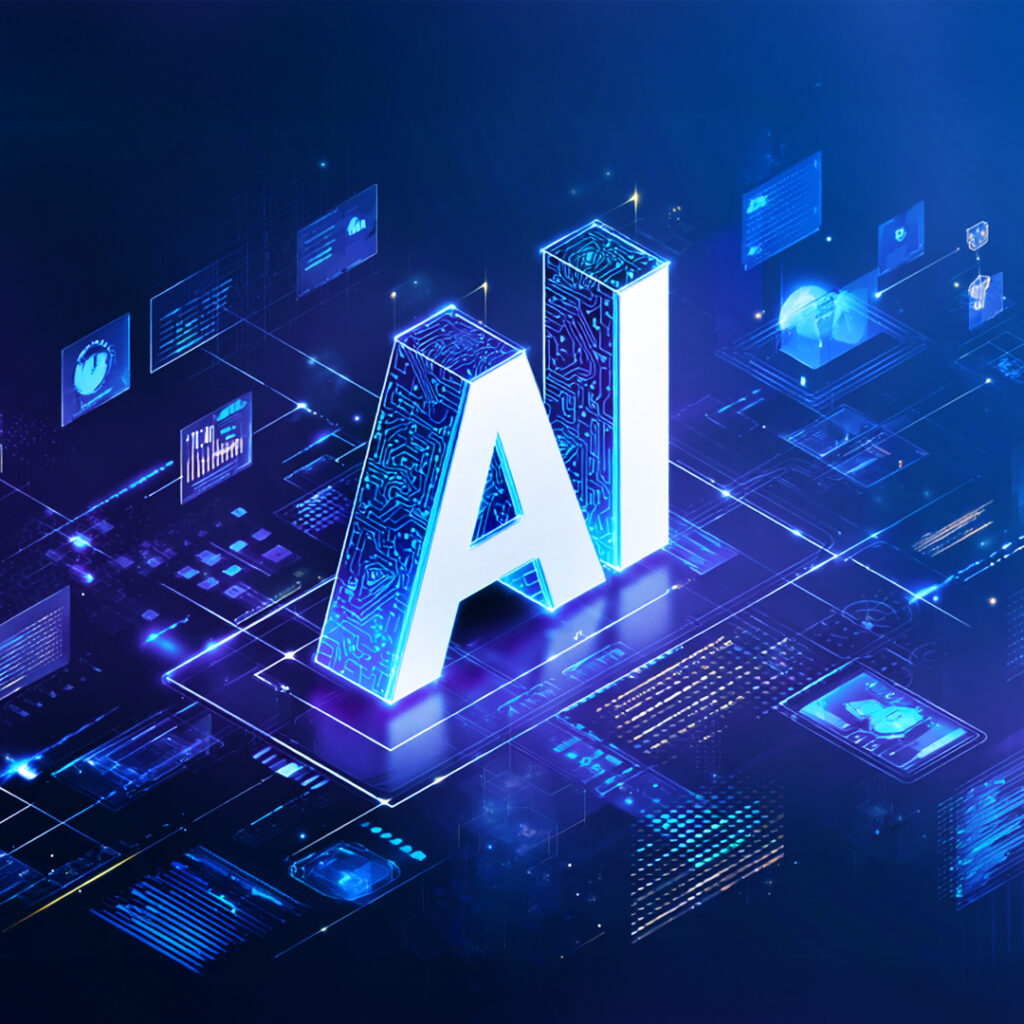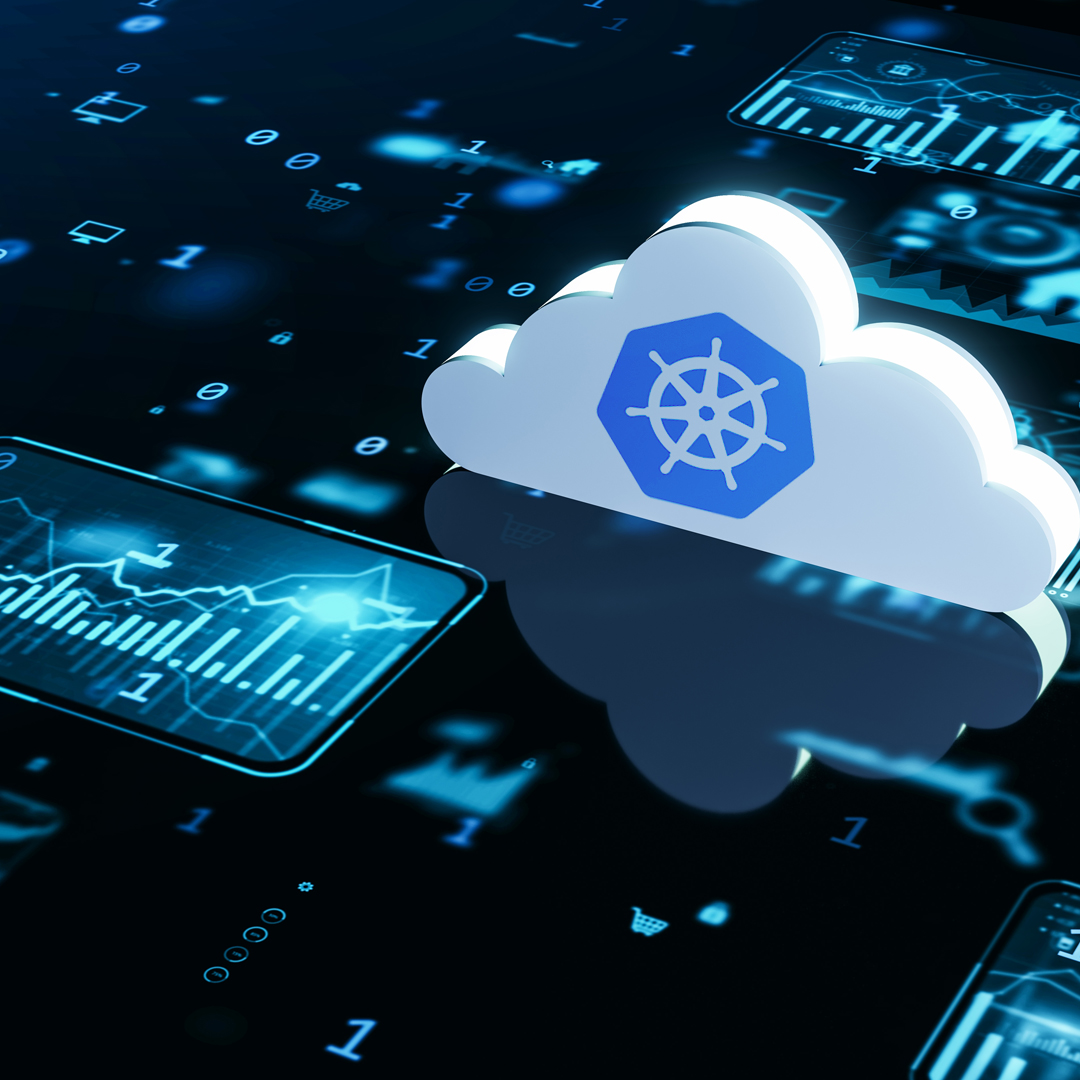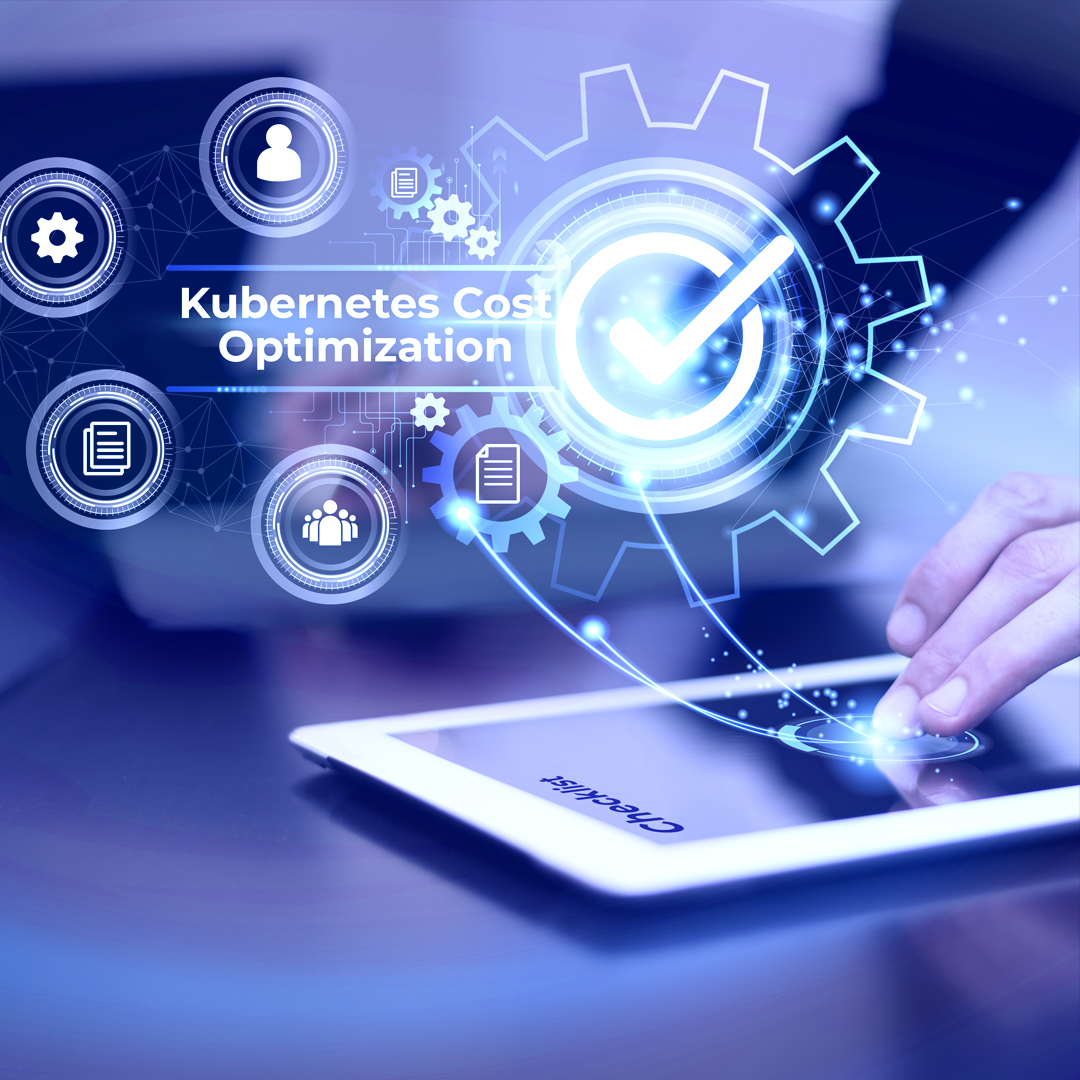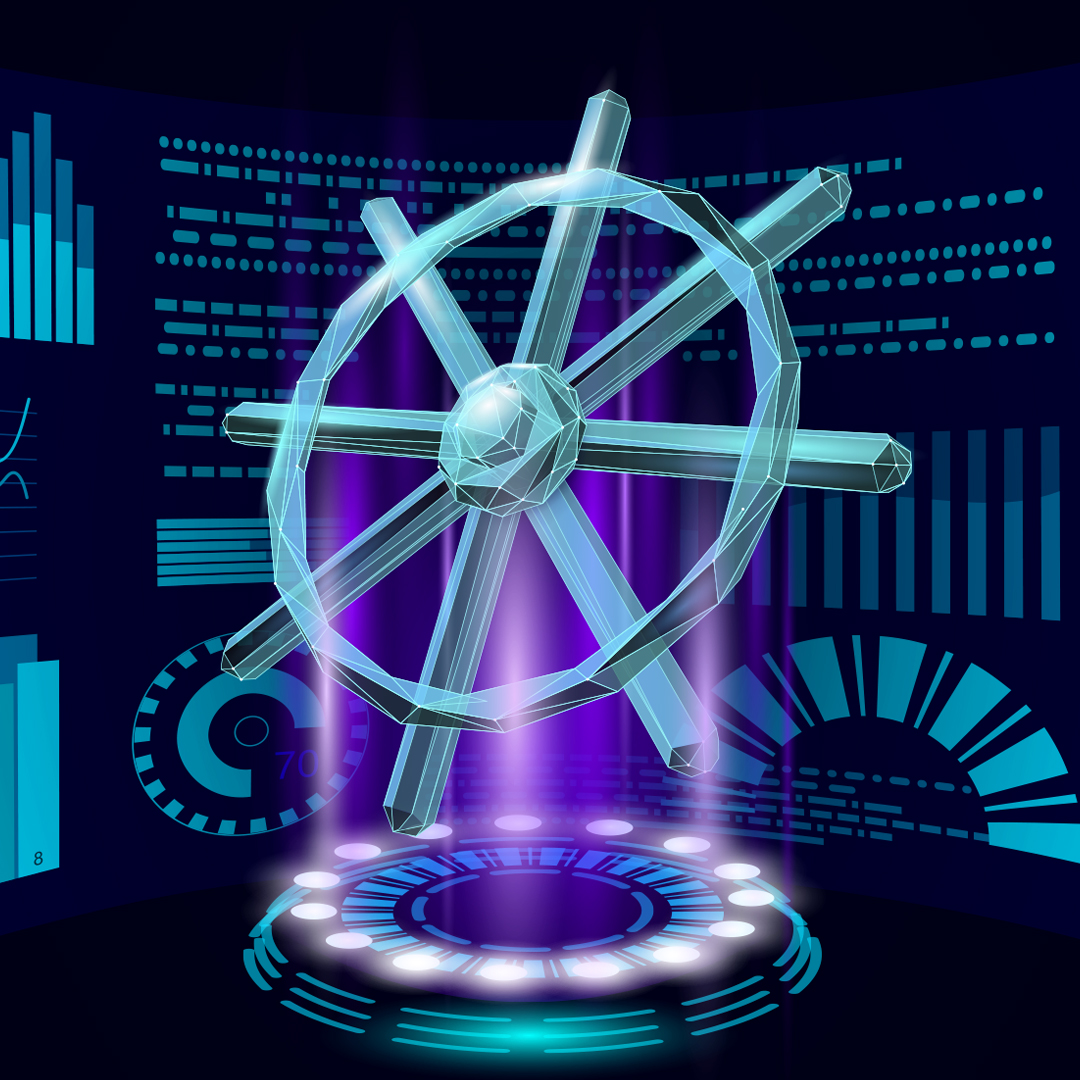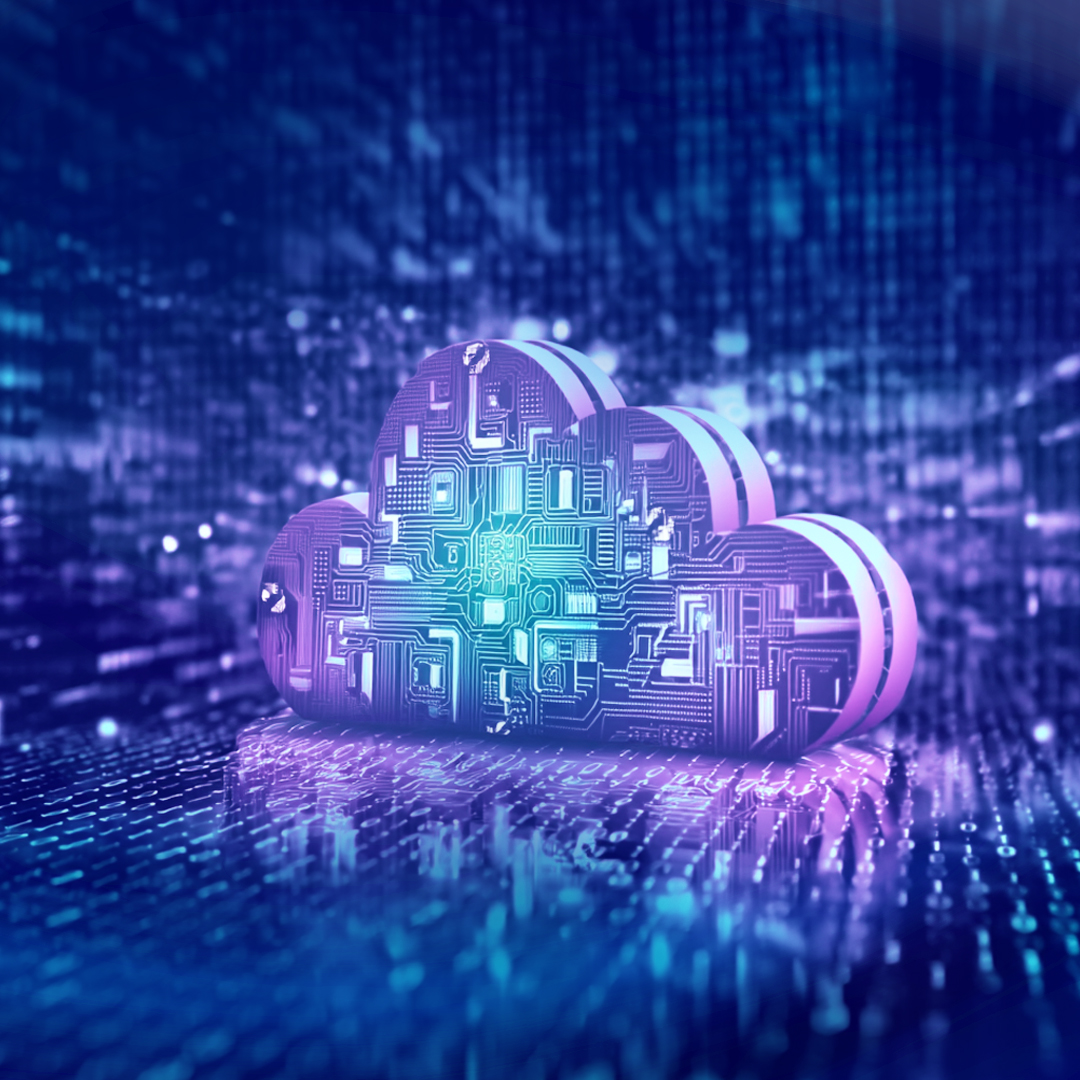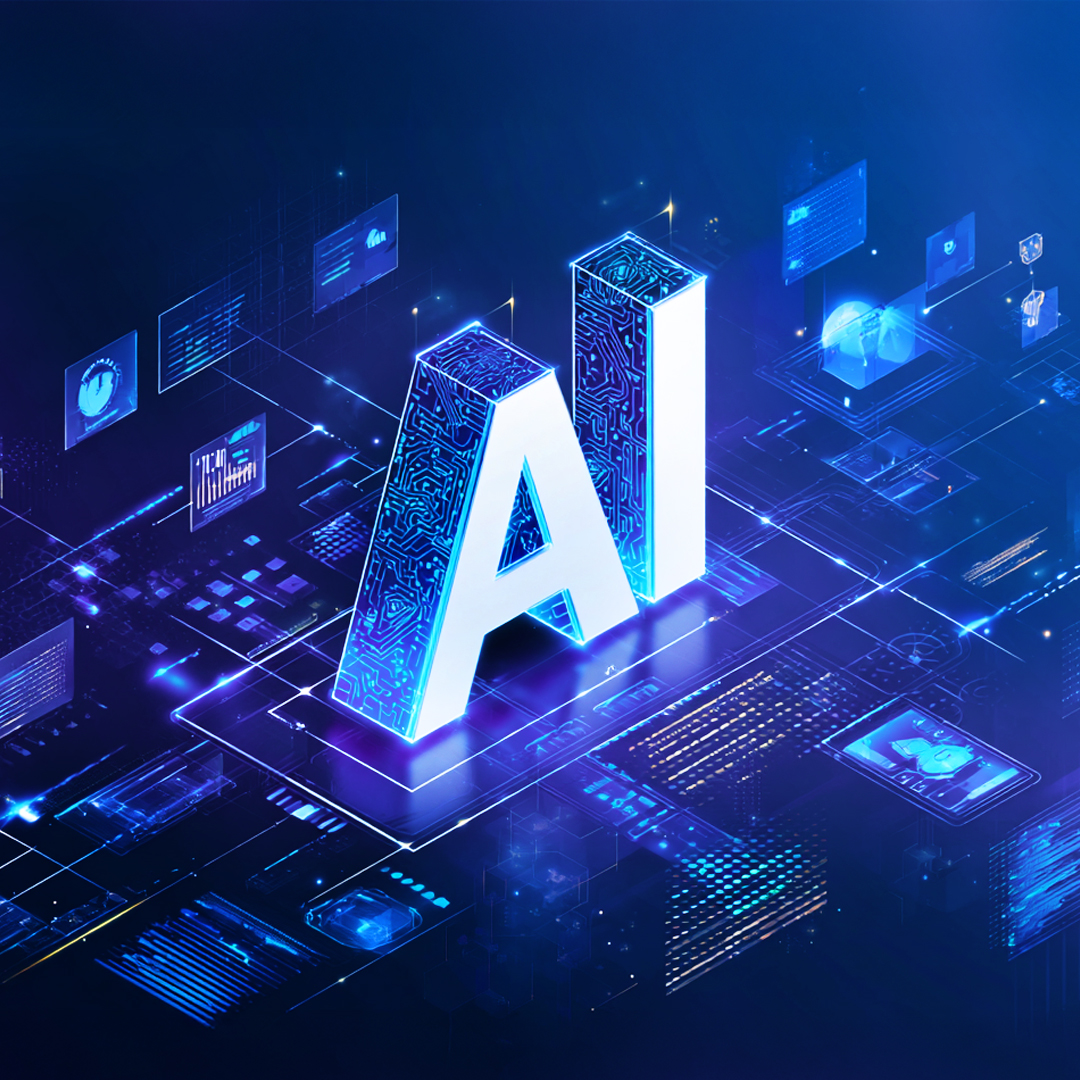As organizations scale their digital infrastructure, traditional DevOps methodologies are starting to reach their limits.
Model Context Protocols (MCPs) constitute a revolutionary approach that’s reshaping how we think about infrastructure automation, governance, and intelligent platform engineering.
This shift isn’t just about adding AI DevOps tools to existing workflows. It’s about fundamentally reimagining how DevOps can use artificial intelligence to create autonomous, context-aware automation that adapts to complex organizational needs in real-time.
Why today’s DevOps tooling is under pressure
The modern DevOps ecosystem faces major challenges that traditional approaches struggle to address. As organizations accelerate their digital transformation initiatives, the gap between what teams need and what current tooling can deliver continues to grow. This creates operational bottlenecks that limit scalability and innovation.
Platform teams are overwhelmed with operational debt
Operations teams are overwhelmed with operational debt. While Infrastructure as Code (IaC) was designed to eliminate manual configuration, many organizations still manage increasingly complex setups that require constant human intervention.
AI DevOps tools are emerging as a solution to this challenge, but most implementations treat AI as a plugin rather than a foundational component.
As a company scales, its infrastructure complexity grows exponentially. Teams spend a lot of their time on operational tasks such as patching, updating configurations, troubleshooting alerts, and managing access controls, rather than building new capabilities. This operational burden keeps piling up, and before you know it, teams are stuck putting out fires all day rather than working on the innovative services that could move the business forward.
Governance gaps and infrastructure drift are growing
Traditional governance models struggle to keep up with the pace of cloud-native changes. Policies and compliance standards, often captured in static documents, become outdated quickly.
DevOps workflows often treat governance as a one-time goal instead of a continuous, embedded process. This forces teams to choose between speed and compliance, a tradeoff that MCPs aim to eliminate
Why traditional IaC lacks the adaptability AI demands
IaC revolutionized cloud infrastructure, but it assumes predictable workloads and static resource requirements. That doesn’t reflect the nature of today’s AI workloads.
Machine Learning DevOps scenarios demand real-time resource shifts as training and inference phases have wildly different needs. Traditional IaC lacks the contextual awareness to manage this shift dynamically, requiring manual scripting and constant intervention.
What is a Model Context Protocol (MCP)?
A Model Context Protocol (MCP) is a standardized protocol for managing and synchronizing shared context across distributed systems, agents, or services. It defines how components interact with a centralized or decentralized context server (MCP server), ensuring consistency, traceability, and interoperability. MCP is foundational in systems that rely on shared state and coordinated workflows, such as multi-agent architectures or context-driven cloud infrastructure.
Model Context Protocols represent a paradigm shift in how we approach AI-powered DevOps automation. Rather than treating AI as an add-on solution to existing workflows, MCPs embed artificial intelligence directly into the infrastructure decision-making process, creating a new category of context-aware automation that can adapt to organizational needs in real-time.
Defining MCPs: Policy-driven, AI-compatible infrastructure logic
Unlike traditional automation scripts, MCPs embed machine learning algorithms that interpret context, assess historical patterns, and enforce infrastructure decisions in real-time.
They create a shared language between AI and infrastructure, enabling AI models to reason about infrastructure states, policies, and operational constraints.
The key innovation lies in the protocol’s ability to maintain context across different infrastructure domains. Whether managing compute resources, network configurations, or security policies, MCPs provide a unified framework that AI systems can use to make consistent, policy-compliant decisions.
Real-time decision-making through distributed agents
MCPs use distributed AI agents that operate across different infrastructure layers, each specialized in specific domains but capable of coordinating decisions through the common protocol framework. These agents continuously monitor infrastructure state, evaluate policy compliance, and make real-time adjustments without human intervention.
This distributed approach enables unprecedented scalability and resilience. Unlike centralized automation systems that create single points of failure, MCP-based architectures can continue operating even if individual agents fail, automatically redistributing decision-making responsibilities across the remaining network. This distributed, real-time decision-making capability is what elevates MCPs beyond traditional automation, thus enabling genuinely autonomous DevOps.
MCP use cases
-
- Just-in-time provisioning: Instead of pre-provisioning resources, MCPs can analyze demand patterns and instantly provision the necessary infrastructure precisely when and where it’s needed. This optimizes costs and efficiency. In just-in-time provisioning, MCPs enable smart DevOps platforms to automatically provision resources based on predicted demand, current utilization patterns, and cost optimization goals. This goes beyond simple auto-scaling to include intelligent resource selection, performance optimization, and cost management.
-
- Access enforcement: Access enforcement through MCPs transforms security from a static ruleset to a dynamic in a context-aware system. Instead of rigid role-based access controls, MCPs enable AI infrastructure governance that considers factors like user behavior patterns, resource sensitivity, current threat levels, and operational context. This enables intelligent access decisions.
-
- Environment-based policies: Environment-based policies showcase the ability of MCPs to adapt to different operational contexts. Development, staging, and production environments can have dramatically different requirements for performance, security, and compliance. MCPs power infrastructure automatically adjusts policies and behaviors based on environment context, ensuring appropriate controls without manual configuration.
Why MCPs mark a foundational shift in DevOps
The emergence of Model Context Protocols (MCPs) signals more than an incremental upgrade in DevOps tooling. It represents a paradigm shift in how infrastructure automation operates in an AI-driven environment. MCPs overcome the core limitations of traditional DevOps by enabling real-time, intelligent decision-making that was previously out of reach.
Shifting from static provisioning to intelligent automation
Traditional DevOps provisioning models are:
-
- Static and pre-configured: Designed for predictable, stable workloads.
-
- Ineffective in dynamic environments: Struggle to adapt when resource demands change frequently or unpredictably.
MCPs enable a smarter, adaptive approach:
-
- Real-time infrastructure decisions: AI-driven systems evaluate current conditions and forecast future needs.
-
- Multi-objective optimization: Automatically balance performance, cost, security, and compliance.
-
- Expanded automation scope: Applies to provisioning, configuration management, security controls, and operational procedures.
-
- Self-improving infrastructure: Learns from historical patterns to improve over time.
Embedding guardrails into workflows, not bolting them on
In traditional DevOps:
-
- Governance and compliance are often external checkpoints that slow down delivery.
-
- Teams are forced to choose between development velocity and operational control.
MCPs resolve this conflict by:
-
- Embedding policy enforcement directly into automation logic.
-
- Ensuring every action aligns with governance rules, without interrupting workflows.
-
- Eliminating manual review bottlenecks while maintaining security and compliance.
-
- Giving teams the confidence to move fast, knowing guardrails are always in place.
Enhancing GitOps and DevOps toolchains with dynamic intelligence
GitOps defines the desired state, but lacks adaptability. MCPs add an intelligence layer that makes infrastructure:
-
- Context-aware: Continuously evaluates and adjusts based on real-time conditions.
-
- Self-correcting: Automatically responds to drift, missing dependencies, or overutilized resources.
-
- Integrated: Works alongside existing tools like GitOps to provide dynamic enforcement and intelligent orchestration.
-
- Autonomous: Enables hands-off decision-making while maintaining full traceability and compliance.
Building the intelligence layer: The role of AI and AIOps
The intelligence at the heart of MCP-based systems is powered by AIOps (AI Operations) and advanced AI-driven infrastructure management. These technologies provide the analytical capabilities to process vast amounts of operational data and derive actionable insights. This is where AIOps becomes critical, providing the analytical capabilities needed to transform raw operational data into actionable insights.
Predictive scaling, anomaly detection, and dynamic remediation
-
- Predictive scaling: AIOps (AI Operations) platforms enable predictive infrastructure management by analyzing historical usage patterns, application behavior, and external factors to forecast future resource needs. This predictive capability allows MCP-based systems to proactively provision resources before demand spikes occur, ensuring optimal performance while minimizing costs.
-
- Anomaly detection: Anomaly detection becomes more sophisticated when powered by machine learning algorithms that can identify subtle patterns indicating potential issues. Unlike traditional threshold-based alerting, AI-powered systems can detect anomalies that might not trigger conventional alerts but indicate developing problems that could impact system reliability.
-
- Dynamic remediation: Dynamic remediation capabilities allow systems to automatically respond to detected issues without human intervention. This goes beyond simple restart procedures to include intelligent troubleshooting that can diagnose root causes and implement appropriate fixes based on historical patterns and current context.
Root cause analysis and real-time insights
Instead of relying on time-consuming manual investigation, AIOps platforms automatically correlate events across systems to identify likely root causes. AI-driven insights enable real-time visibility into performance trends, application behavior, and infrastructure health, helping teams prevent issues rather than react to them.
AI enhances DevOps, it doesn’t replace it
MCP and AIOps aren’t about replacing DevOps specialists. They’re about giving them more information fast and speeding up everything they do. AI excels at pattern recognition, decision consistency, and automating repetitive tasks. Human teams remain critical for strategy, creativity, and complex troubleshooting.
The result is a human–machine partnership where DevOps teams gain the bandwidth to focus on innovation, not firefighting.
Naviteq’s perspective: scaling DevOps with smart automation
At Naviteq, we believe the future of DevOps will be built on context-aware, intelligent automation. Our approach leverages MCP to deliver agility and governance, without requiring larger teams or complex custom tooling.
Enabling context-aware provisioning at scale
Our platform uses MCP to continuously learn from your environment, adapting to application behavior, dependency patterns, and infrastructure needs in real-time. For example:
-
- Dynamically adjust database replicas based on query volume.
-
- Allocate compute for CI/CD based on code complexity.
The key is reusability: we help teams create scalable policy frameworks that apply across environments, reducing operational overhead while increasing consistency.
MCP-backed self-service portals and enforcement architecture
We enable developers to provision infrastructure via self-service portals, within clearly defined guardrails. Behind the scenes:
-
- Requests are evaluated in real time against organizational policies.
-
- Recommendations and adjustments are suggested before provisioning.
-
- Distributed MCP agents enforce compliance and prevent infrastructure drift automatically.
This enforcement architecture operates transparently, balancing autonomy with control. Teams get what they need, when they need it, with full auditability.
Delivering infrastructure agility without growing the team
Naviteq helps organizations scale smarter, not bigger.
By embedding AI and automation into workflows, we enable existing DevOps teams to manage more complex environments, respond faster, reduce manual toil, and focus on innovation.
As the system learns from operational patterns, it becomes more efficient, creating a feedback loop that drives continuous improvement. This is the essence of intelligent platform engineering.
Final thoughts
The DevOps journey has always been about continuous improvement. The rise of Model Context Protocol marks a new leap forward, enabling infrastructure that is not just automated, but adaptive, intelligent, and autonomous.
MCP is an evolution, not a replacement for DevOps
MCP-based systems don’t replace proven tools like IaC or GitOps. They build on them, adding real-time intelligence and context-awareness. It’s the next logical step in achieving self-healing, policy-compliant DevOps workflows.
How future-ready teams are adopting AI-infused DevOps
Forward-looking organizations are already piloting AI-driven DevOps architectures with targeted use cases:
-
- Predictive scaling
-
- Automated incident remediation
-
- Intelligent provisioning
The most effective approach? Start small. Prove value. Then scale.
At Naviteq, we guide teams through this transition, helping them identify the right entry points, build robust frameworks, and integrate MCP capabilities into existing systems.
As these intelligent systems mature, they will reshape how infrastructure is managed, augmenting human expertise and unlocking a new level of operational efficiency.
Ready to explore how MCPs can transform and automate your infrastructure?
Schedule a consultation with our DevOps experts to learn how Model Context Protocols can automate, govern, and scale your infrastructure, without scaling your team.
Frequently Asked Questions
Can AI be used in DevOps?
Yes, AI is already widely used in DevOps for predictive scaling, anomaly detection, automated testing, and incident response. AI DevOps tools enable intelligent monitoring, automated policy enforcement, and context-aware automation that improves operational efficiency while reducing manual intervention.
What is AI in DevOps engineering?
AI in DevOps engineer integrates artificial intelligence into DevOps workflows and infrastructure management. It is all about designing intelligent automation solutions, implementing AIOps platforms, and creating smart DevOps systems that make autonomous decisions based on operational data and organizational policies.
What is the future of AI in DevOps?
The future involves autonomous DevOps systems with self-healing infrastructure, predictive infrastructure management, and cognitive automation. Model Context Protocol and advanced MLOps integration will enable more sophisticated AI-driven infrastructure management that adapts to changing requirements with minimal human intervention.
Can DevOps be replaced with AI?
No, DevOps cannot be completely replaced by AI. While AI excels at automating routine tasks and data processing, DevOps requires human judgment, strategic thinking, and problem-solving skills. The most effective approach combines AI-powered automation with human expertise to create more capable and efficient operations.
How is MCP different from Infrastructure as Code (IaC)?
While IaC defines desired infrastructure states using declarative scripts, MCP adds an intelligent, dynamic decision layer. It allows systems to interpret IaC in real time, apply it based on context (e.g., environment, load, risk), and continuously enforce compliance—without manual intervention.
Do MCPs replace GitOps?
No, MCPs do not replace GitOps, they enhance it. GitOps defines the desired state in code, while MCPs ensure that state is applied, maintained, and adapted dynamically. Together, they enable autonomous, policy-driven infrastructure management.
What are some real-world use cases for MCP?
Common use cases include:
- Just-in-time resource provisioning based on demand and cost constraints
- Dynamic access control based on user behavior and threat context
- Environment-aware policy enforcement that adapts across dev, staging, and production
- Real-time remediation of infrastructure drift and misconfigurations
